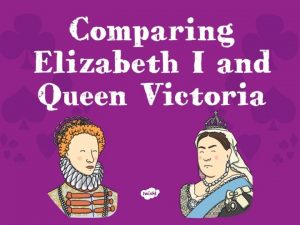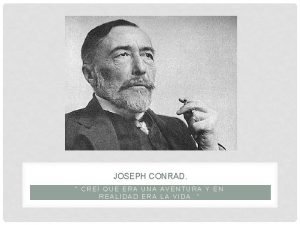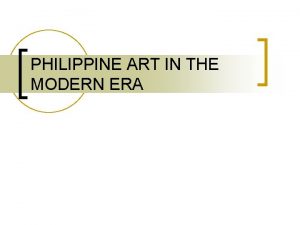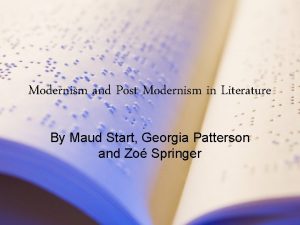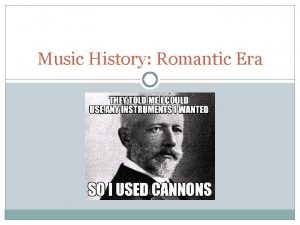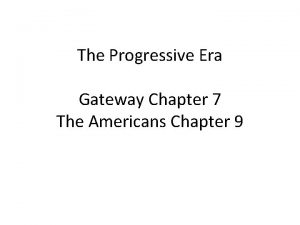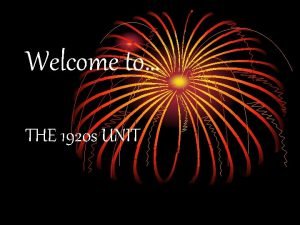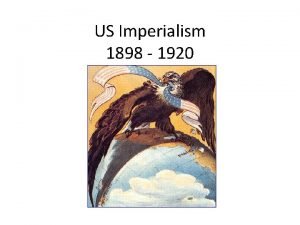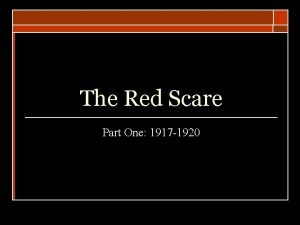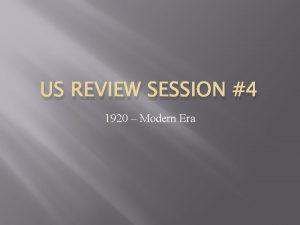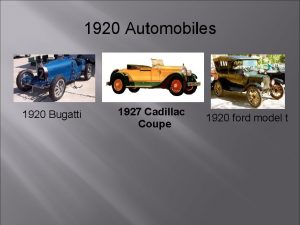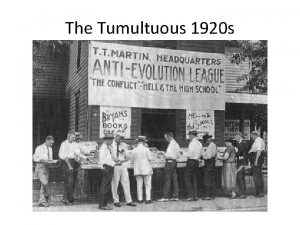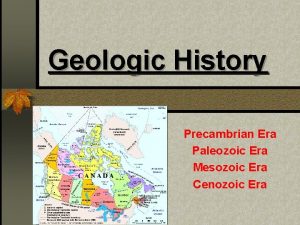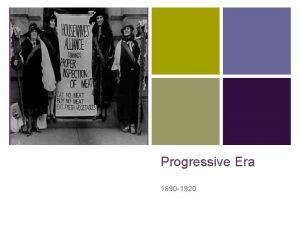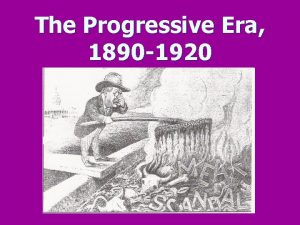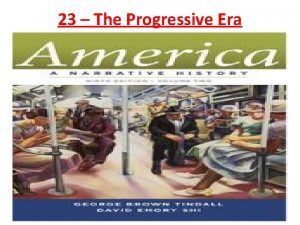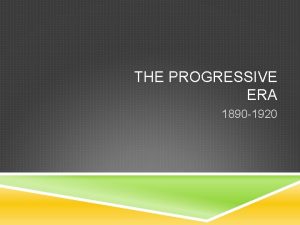AP U S History The Modern Era 1920












- Slides: 12

AP U. S. History The Modern Era, 1920 -1929

Preliminaries • War and its aftermath - US is the only world power. - Chose isolationism. - Progressivism is on decline. • Postwar transition: war to peace - Demobilization, inflation, and labor strife • 1919 Boston Police Strike • They sought recognition for their trade union and improvements in wages and working conditions. Governor Calvin Coolidge puts an end to the strike saying, “There is no right to strike against the public safety, anywhere, anytime”.

Preliminaries • National coal and steel strikes (1919) • Coal and steel workers went out on strike in an attempt to unionize. • All strikes end in failure for organized labor. • Patriotic fervor to intolerance - Nation moves towards anti-union, anti-communist, antiimmigrant, and anti-racial position.

Preliminaries • Red Scare: - Palmer Raids • Attorney General A. Mitchell Palmer used a series of raids in late 1919 and early 1920 to round up and arrest about 6, 000 suspected Communists and anarchists. - Sacco and Vanzetti • Nicola Sacco and Bartolomeo Vanzetti were convicted of murdering a Massachusetts paymaster and his guard; they were Italians, atheists, anarchists, draft dodgers and the courts may have been prejudiced against them.

• Race Riots - Riots occurred throughout the nation in the summer of 1919. It became known as the Red Summer, named as such because of the violence and fatalities across the nation. Began when white soldiers returned from the war and wanted their jobs back. These jobs had been in the hands of blacks. Whites in the north did not want the blacks keeping their jobs or living near them. This led to the riots.

Political “Normalcy” of the 1920’s • Harding Presidency – A Counterpoint to Progressivism; an isolationist, laissez-faire, pro-business approach – Fordney-Mc. Cumber Tariff • High protective tariffs led to difficulties in trading with some foreign countries. – The American Plan • Anti-closed shop – Andrew Mellon, Supply-Side Economics • Cut taxes on industry and the wealthy to stimulate the economy.

Political “Normalcy” of the 1920’s – Bureau of the Budget; Charles Dawes • Focused on a balanced budget, keeping government expenditures low. – The “Ohio Gang”; Teapot Dome • Political allies of Harding went to DC to take jobs and benefit themselves monetarily. • Secretary of the Interior Albert Fall sold oil leases to corporate friends for which he received a kick back. • Coolidge Presidency – Two revealing quotes • “The business of America is business. ” • “The man who builds a factory builds a temple. The man who works there, worships there. ”

Economic Prosperity • Fordism & Taylorism - Work lacks intellectual or skilled content - Mechanization - Routinization and simplification of tasks - Fragmentation - Specialization - Coercion outweighs consent - Work speeds up - Liberation of the brain to think other things; this led to industrialists to form educational institutes for workers.

Economic Prosperity • A consumer society • Pro-business laissez-faire economy • Cheap energy - petroleum and electrification • Limitations - Farm overproduction after WWI led to economic disaster for farmers. - Union setbacks; open shops.

The “New” or “Modern” Era • Society as we know it… – Urban-centered – Mass entertainment and mass advertising – Standardization of consumer goods – Mass communications – The WORSHIP OF TECHNOLOGY – Credit – Homogenization of culture

Culture Wars of the 1920 s • Women in society • Sexuality and morals: “the flapper” • Prohibition; speak easy culture. • Literature of the “Lost Generation” - Fitzgerald and Hemingway; critical of new culture. - Harlem Renaissance––Langston Hughes • Modernism vs. Fundamentalism - New culture vs the old ways, traditional way of life. - Scopes Monkey Trial (1925) • William Jennings Bryan v Clarence Darrow • State of Tennessee v John Scopes - Revivalism; Billy Sunday, Aimee Semple Mc. Pherson • Provide answers to some in a changing world

More Culture Wars • Rural vs. urban: forces of change and reaction - 1920 as a pivot year - Black Migration northward (1920 -1945) • Nativism and the Ku Klux Klan - Immigration Quota Acts of 1921 and 1924. - Klan goes national; no longer just anti-black but is now anti-Jew, anti-Catholic, anti-immigrant, anti. Communist, anti-Bolshevik. - For WASPS. Call these people native Americans.
 Quiz 2 the baroque era
Quiz 2 the baroque era Victorian and elizabethan era
Victorian and elizabethan era Creí que era una aventura y en realidad era la vida
Creí que era una aventura y en realidad era la vida Era uma estrela tão alta era uma estrela tão fria
Era uma estrela tão alta era uma estrela tão fria Philippine art in modern era
Philippine art in modern era Modern era music
Modern era music Postmodernism in literature
Postmodernism in literature The deliberate intent to draw creative inspiration
The deliberate intent to draw creative inspiration Gateway to us history chapter 7 the progressive era
Gateway to us history chapter 7 the progressive era Ancient oriental countries physical education
Ancient oriental countries physical education 1920's nicknames
1920's nicknames Wilson mexico
Wilson mexico The red scare of 1919-1920 was provoked by
The red scare of 1919-1920 was provoked by

